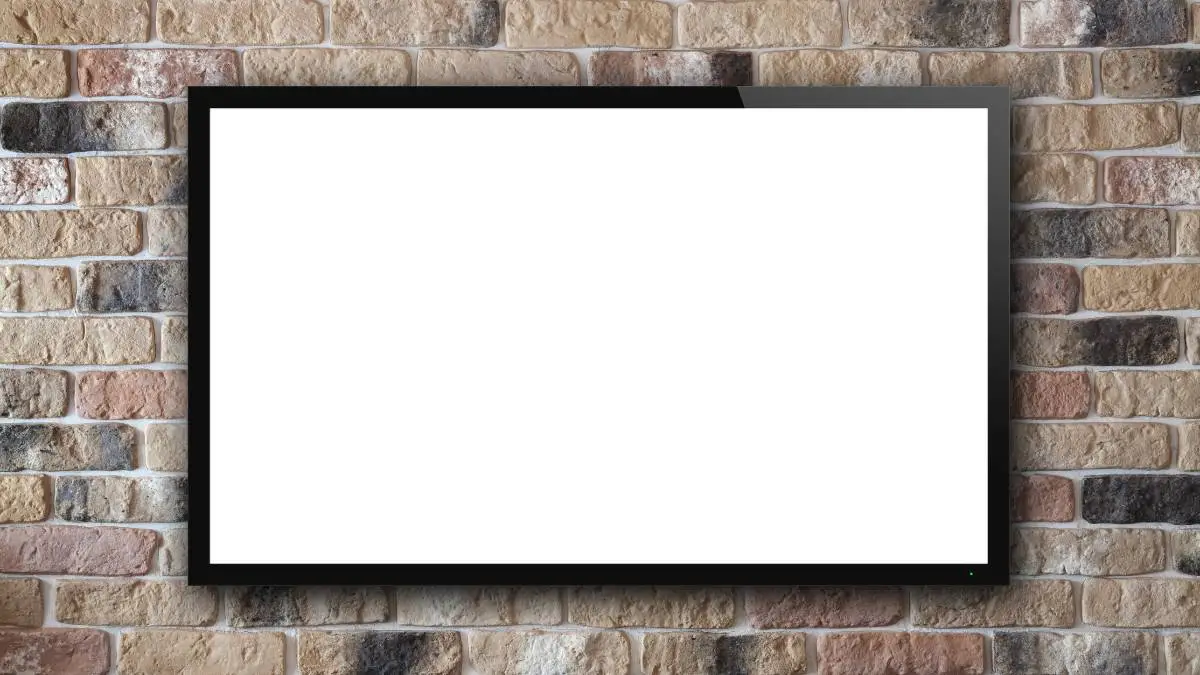Displays Demystified – A Look at the Components Bringing Screens to Life

Whether for work, entertainment, or communication, displays are a ubiquitous part of modern life. The screens we interact with every day, from our smartphones to TVs, are technological marvels. We often take the vivid images on our devices for granted, but a lot goes on behind the scenes to bring these displays to life. The technology has evolved enormously in the past decades to the high-res, brilliant displays we enjoy today. In this article, we’ll demystify the key components that make up modern display technologies and explain how they work in harmony.
ITO Glass: The Invisible Conductor
At the heart of most displays is a sheet of glass coated with a transparent, conductive material called ITO (indium tin oxide). ITO coating allows electric current to flow across the glass, which is crucial for powering the display.
ITO on glass is deposited onto the glass substrate through methods like sputtering or chemical vapour deposition. The glass is usually soda-lime or aluminosilicate glass, chosen for optical clarity, strength, and low cost. The ITO coating makes the glass conductive while remaining up to 90% transparent.
Companies like Itotek Ltd specialise in precision ITO coating and patterning services. With expertise in materials science and manufacturing, they can customise ITO glass to meet the needs of display makers. The conductivity, transparency, thickness and other properties of the ITO layer can be fine-tuned for the application.
LCDs: Liquid Crystals on Parade
For LCD (liquid crystal display) screens, the ITO glass forms one side of the LCD cell. Inside the cell, rod-like liquid crystal molecules are suspended between the ITO glass and a second conductive layer.
Applying electric current across the cell causes the liquid crystals to shift their orientation, modulating how much light passes through. Coupled with colour filters and backlighting, this forms the basis for an LCD’s vivid images.
Billions of tiny LCD cells make up the display, each independently controlled via the ITO layers. Their intricate dance results in the high-resolution screens we enjoy today. There are also advanced LCD modes like IPS, VA and OLED, which offer wider viewing angles and better colour.
OLEDs: Organic Light Emitters
OLED (organic light emitting diode) displays take a different approach. Here, electroluminescent organic compounds are sandwiched between two electrodes – one of which is ITO glass.
Applying voltage causes these emissive materials to glow in specific colours. By printing red, green and blue OLED compounds side-by-side, coloured pixels can be created.
OLEDs are self-emissive, meaning no backlight is required. This allows for thinner, more flexible displays, along with deep blacks and vivid colours. From phones to TVs, OLED adoption is rapidly growing. OLEDs can also be transparent or even curved for unique aesthetic designs.
The Pixel Grid: Building the Image
Whether LCD or OLED, displays are fundamentally grids of coloured pixels. Patterns of pixels activated in close succession form the images we see.
Display resolution is simply the number of pixels in each dimension—for example, a 4K screen has approximately 4000 pixels across its width. More pixels mean sharper images and text.
Modern displays cram millions of pixels into a few compact inches. Shrinking pixel size while maintaining image quality depends on advances in ITO glass, light emitters, and more. High pixel density enables realistic virtual reality, too.
Driving It All: The Display Driver
Feeding signals to millions of pixels requires an integrated circuit called the display driver. This translates image data into the voltages needed to activate each pixel.
The display driver and image processing circuitry transform the raw pixel grid into stunning 2D or 3D images. They handle tasks like gamma correction, dithering, and frame rate conversion.
Advanced driver algorithms are critical for features like HDR, variable refresh rates, and compensation for OLED burn-in. The driver plays a major role in determining display performance and quality. As resolutions increase, driver bandwidth and processing power are key.
Displays Keep Evolving
From handhelds to theatres, displays transform electrical signals into visual art. ITO glass, LCDs, OLEDs, pixels, and drivers work in harmony to make the technology possible.
Display innovation continues at a rapid pace. We’ll see higher resolutions, faster refresh rates, slimmer form factors, and expanded colour capabilities. As displays keep improving, so will the experiences they provide. The future is bright for display technology.
